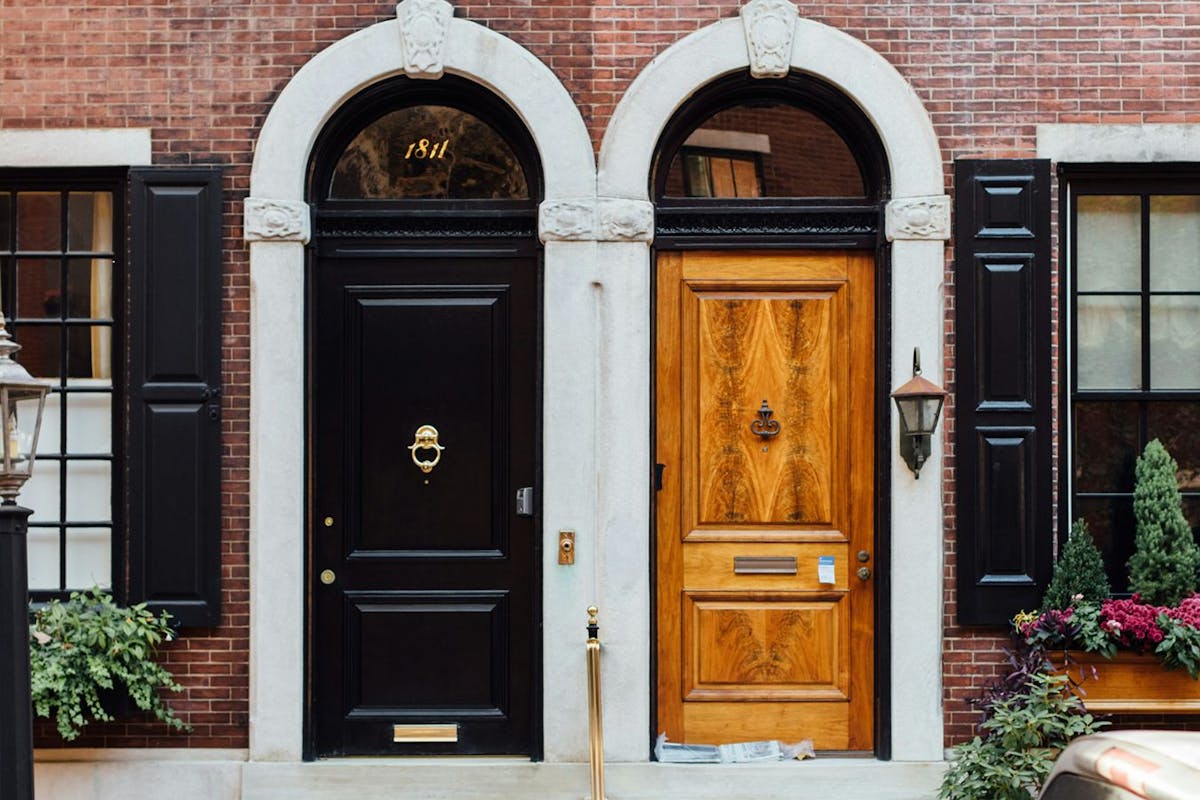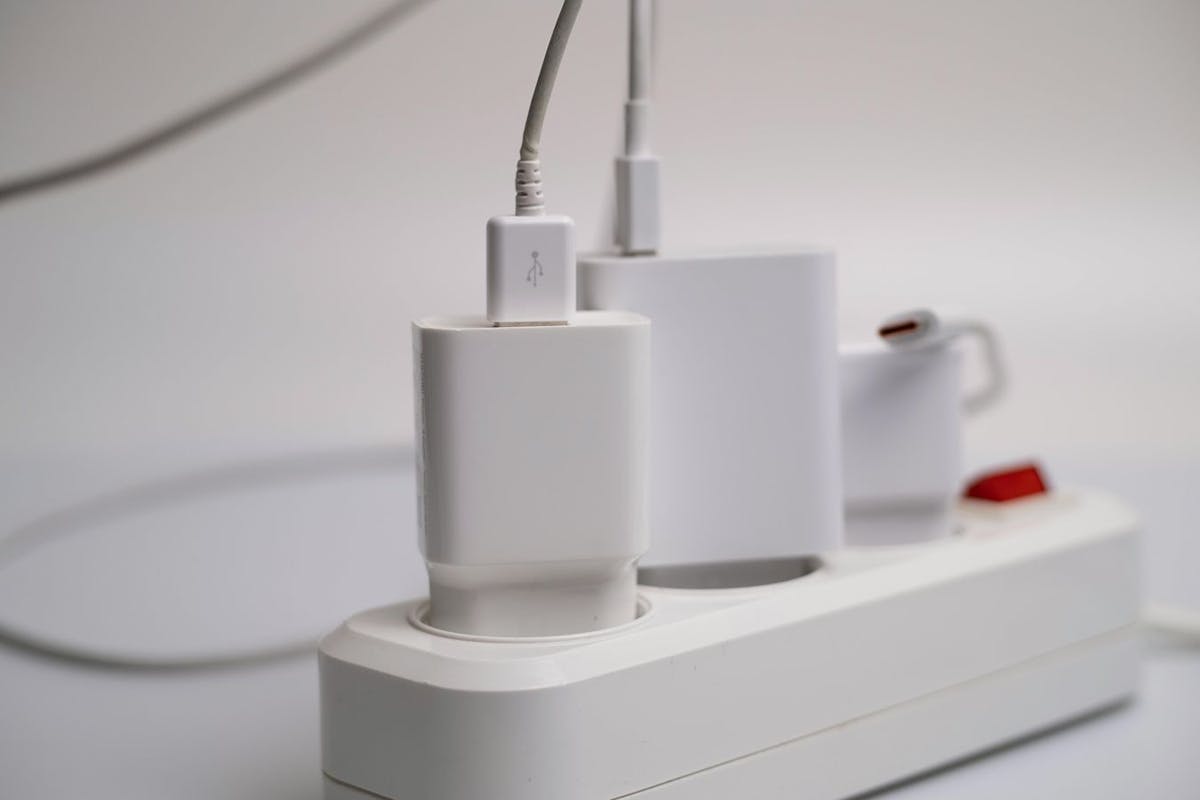Can New Energy-Efficient Doors Reduce Your Energy Bills?
Last edited

Author
Andrew Blok
Electrification and Solar Writer and Editor

Editor
Andrew Giermak
Solar and Electrification Writer and Editor

Open and close, in and out, coming and going, you probably don’t even think of your doors during your busy day. It might be strange to think of the doors as a key to a more energy-efficient home; yet you’d be correct. Drafty doors can make your HVAC system work harder and consume more energy. Your doors, even if tightly air sealed, might be letting heat in or out when you don't want them to.
New energy-efficient doors can go a long way to eliminating extra energy loss and higher monthly bills. Here's what you need to know about doors and the tax credits you can still claim for a little while longer.
See how much you can save with home energy changes
Do new doors improve your home’s energy efficiency?
Unwanted heat can enter or leave your home through doors by leaking around the edges, passing through the door itself, or via sunlight coming through windows. Leaky doors can make your heat pump (or other HVAC system) run harder than necessary, wasting energy. Replacing an old inefficient door with a new efficient one can reduce your energy usage.
Energy-efficient doors are designed with heat transfer in mind. A door’s efficiency is measured in several ways, according to the Department of Energy.
Solar heat gain coefficient: A measure of how much solar heat the door admits into your home. The higher the SHGC, the more solar heat it traps. A high SHGC may be beneficial in places with cold, sunny winters, while a low SHGC is a good fit for hot and sunny locations.
U-factor: A measure of how much non-solar heat a door transmits. The lower the U-factor, the more efficient the door.
Air leakage rate: A low air leakage rate means a door is more efficient because it’s not drafty.
Visible transmittance: VT measures how much visible light the door lets in. It’s not strictly a measure of efficiency, but can be a useful comparison point.
What is your home’s envelope?
Your home’s envelope is made up of the walls, windows, foundation, ceiling, and doors that separate the inside from the outside. You can also think of it as anything keeping conditioned air inside your home. The tighter your home’s envelope is sealed, the fewer areas that leak or transfer unwanted heat in or out.
Installing energy-efficient doors is one way to improve your home’s envelope. So are installing new windows, improving your insulation, and sealing drafts and leaks with proper weatherstripping. Heat gain and loss from windows account for 25-30% of a home’s heating and cooling energy use. Properly sealing and insulating a home can save 15% of a home’s heating and cooling costs.

Tax credits for new doors
The US government is offering a tax credit for doors that earn an Energy Star rating. As of this writing, a qualifying door can earn you a tax credit of up to $250 per door, capped at $500 total per year. Doors must be installed before the end of 2025 to qualify for the credit.
You’ll need a tax liability to claim the credit. Everyone’s tax situation is different, so consult a tax expert about yours.
See how much you can save with home energy changes
How to choose a new door
Choosing the right door is a matter of balancing performance and appearance.
- Heat gain: A door’s U-factor and solar heat gain coefficient are good measures of its efficiency. Look also for the Energy Star certification.
- Air sealing: Better air sealing means fewer drafts and greater comfort. Air sealing also relies on proper installation.
- Glass: Low-E glass reduces the amount of infrared and ultraviolet light that gets into your house, keeping it cooler and protecting your furniture from fading. Low-E glass may be a particularly useful consideration and benefit with energy-efficient sliding glass doors.
- Cost: Budget is always a concern. Depending on the door and the installation costs, you could pay between $300-$1,000 for each exterior door installed. If you’re looking at energy-efficient sliding glass doors, replacing the panes generally ranges from $450-$1,200 for the panes and installation. Buying full new doors may range from $1,200-$5,500.
- Appearance: Appearance could be less important for less visible doors, but you don’t want an ugly front door.
The right mix of budget, efficiency, and appearance can make your home look better, feel more comfortable, and save money.
Check out Palmetto’s Savings Maximizer or download the new Palmetto app to see how much you could save with other home energy changes.
See what home electrification can do for you:
Frequently asked questions
Are new doors energy efficient?
Energy Star-certified doors (along with certified windows and skylights) can “shrink energy bills by an average of up to 13% percent on heating and cooling costs nationwide, compared to non-certified products,” Energy Star says. Not all new doors are certified by Energy Star and may be less efficient.
How can I make my door more energy efficient?
You can make your doors more efficient without replacing them. Properly installed weatherstripping can block seals and improve your home’s energy efficiency.
Can I find out more about tax credits for new doors?
Yes, you can check out Energy Star’s information on energy-efficient doors and the Energy Efficient Home Improvement Tax Credit.
Disclaimer: This content is for educational purposes only. Palmetto does not provide tax, legal, or accounting advice. Please consult your own tax, legal, and accounting advisors.


